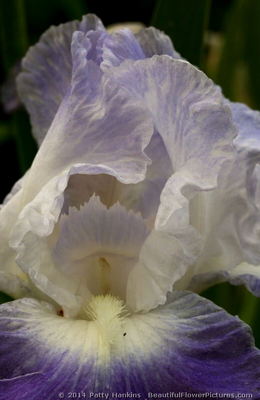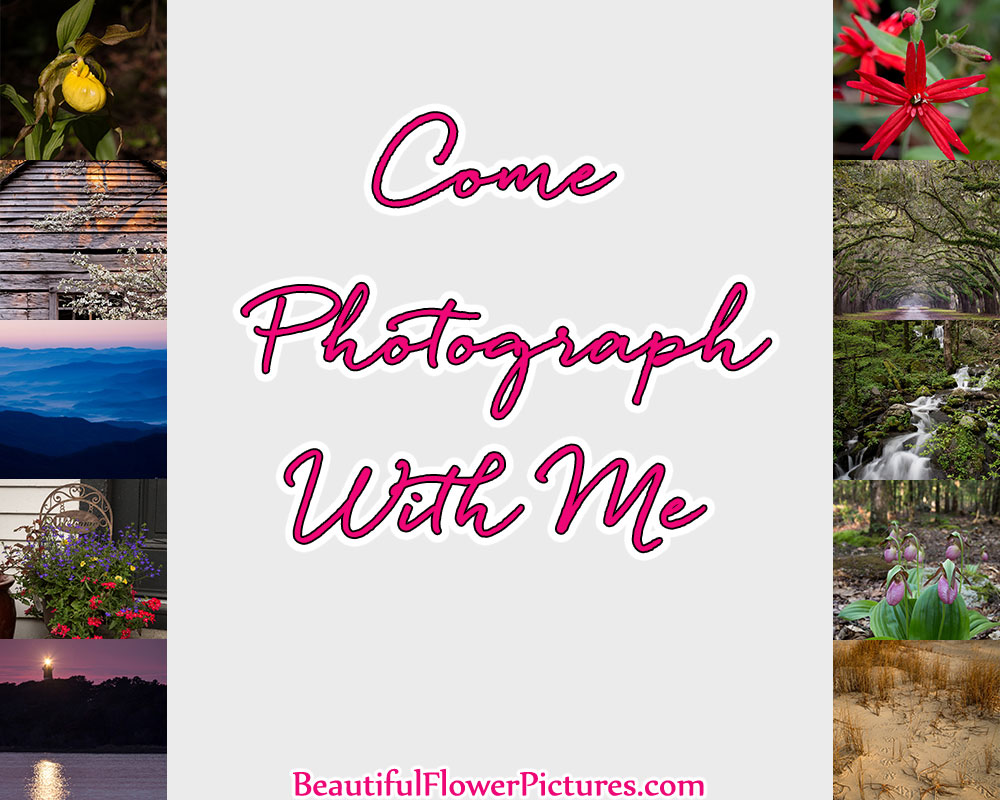
by hankinslawrenceimages | Oct 30, 2015 | Workshops
When people see my photos on the web or at a show, they often say they’d love to come along on my photo trips – sometimes even offering to carry my bags (little do they know how much camera gear I travel with!)
In the past, my response has usually been sorry – I travel by myself. And while I’ll continue to take many of my photo trips alone – I am offering three photo trips in the spring of 2016 when you can come photograph with me!
In February, I’ll be leading my Winter’s Beauty workshop at Chincoteague and Assateague Virginia. We’ll spend the weekend photographing along the beach and in the marshes of the Assateague National Seashore and the Chincoteague National Wildlife Refuge. I’m hoping we’ll see another spectacular sunset like we did last year.
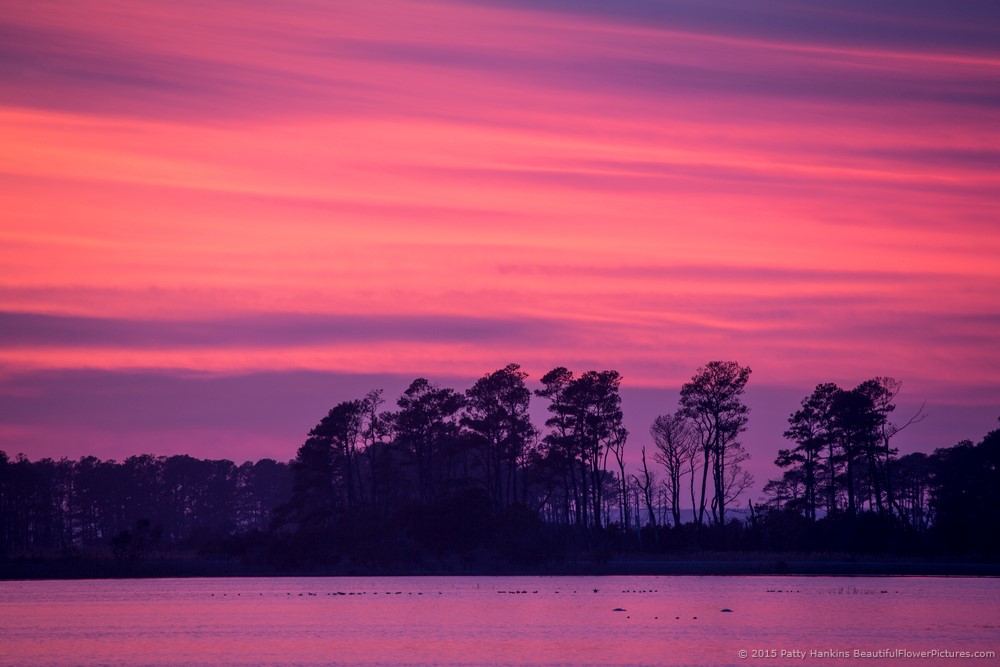
Sunset at Chincoteague NWR © 2015 Patty Hankins
My Winter’s Beauty Workshop runs from February 5-7. Early Bird Registration is only $ 397.
All the details about this workshop are at http://beautifulflowerpictures.com/winters-beauty-at-chincoteague-and-assateague/
In March, I’ll be leading my Springtime in the South Photo Tour (yes a tour is different from a workshop – more relaxed, less classroom time, lots of fun) exploring Savannah, Charleston and the South Carolina Low Country. We’ll be photographing every day – including trying for a few sunrises and sunsets. But we’ll also take to time to explore historic districts, and experience the culture and the food of the region.
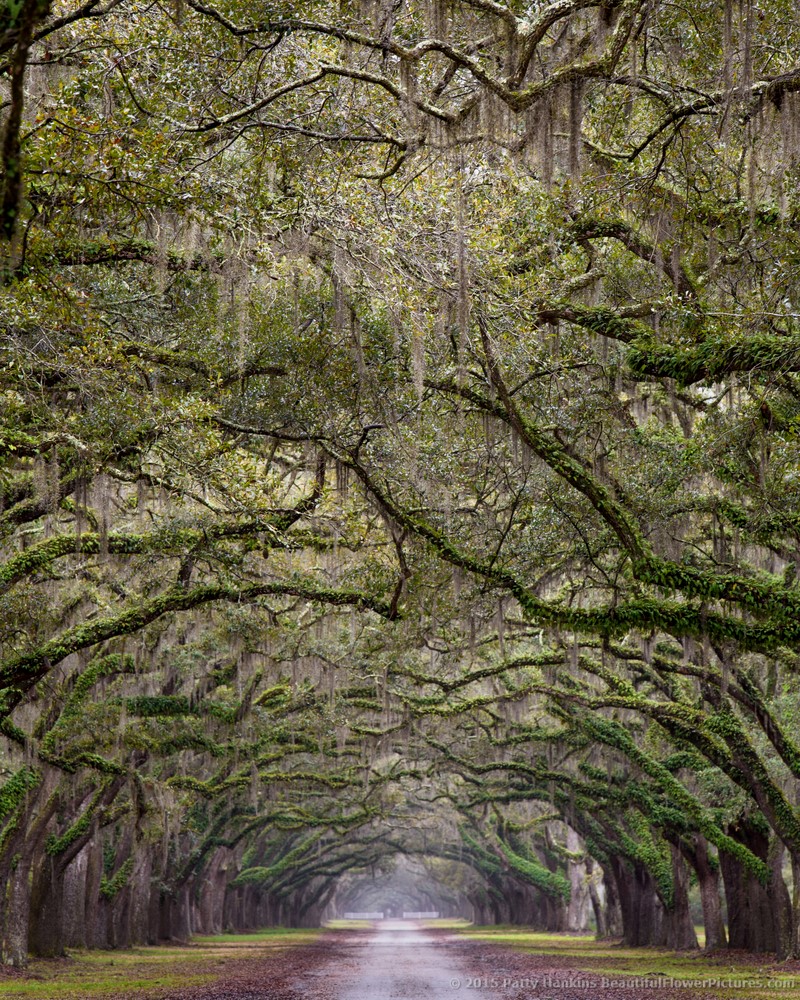
Live Oak Alley © 2015 Patty Hankins
My Springtime in the South Photo Tour runs from March 20 – 26. Early Bird Registration is only $ 1199.
All the details about this photo tour are at http://beautifulflowerpictures.com/springtime-in-the-south-savannah-charleston-and-the-south-carolina-low-country/
And finally, in April I’ll be leading my Spring in the Smokies Workshop. April in the Smokies means peak wildflower season, wonderful streams and waterfalls surrounding by bright green foliage and hopefully beautiful sunrises. The Great Smoky Mountains National Park is my favorite national park – and April is my favorite time of year to visit.
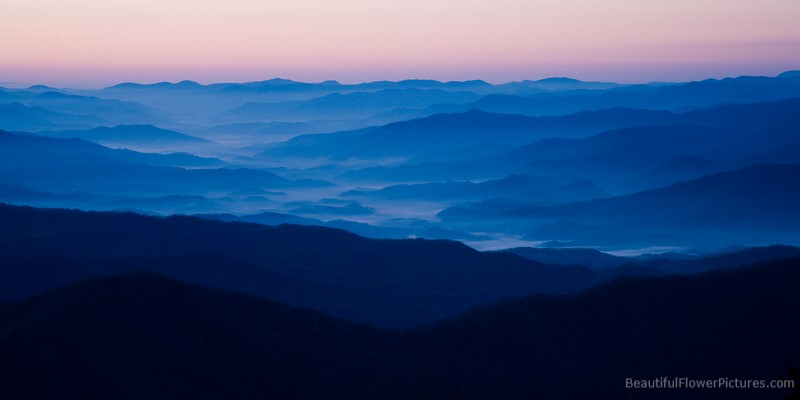
Smoky Mountain Sunrise © 2008 Patty Hankins
My Spring in the Smokies Workshop runs from April 17-22. Early Bird Registration is only $ 999.
All the details about this workshop are at http://beautifulflowerpictures.com/spring-in-the-smokies-2016/
All of my workshops are limited to 6 participants to ensure that I’m able to give each of you the personalized attention you should get in a photography workshop.
I’d love to have you join me for one of my workshops or photo tours. Drop me a note if you have any questions about any of my workshops or photo tours.

by hankinslawrenceimages | Apr 3, 2015 | Photo Tips, photography
I don’t know about you but I’ve noticed that I have my go-to camera gear and settings that I use most of the time when I’m photographing flowers and landscapes. Chances are I have my Canon 5DMarkIII body and four lenses – 16-35 mm, 24-105mm, 70-200 mm and my 100mm macro lens (my favorite) with me. I’ll be carrying my tripod – and will use it as much as possible. If you look at my camera it’s likely set in Aperture Priority, ISO 100, and my lenses are all set on manual focus, image stabilization off.
This is a setup that works for me – but in some ways it also limits how I photograph. Having to set up the tripod, pull my gear out of my pack and manually focus my camera means I don’t take many spontaneous photographs. I tend to think about what I want to show in my photo, and compose based on my idea for my photo.
Several times during my trip to Georgia and South Carolina I photographed in a completely different style. I did what Brooks Jensen of Lenswork magazine refers to as Photography By Walking Around (PBWA) – where I just walked around a city or town photographing whatever caught my eye.
I put my camera and one lens (24-105mm) in a small bag, left my tripod in the car and headed out exploring. At first I was really uncomfortable photographing like this – it just didn’t feel right not using my tripod and using autofocus. But then I realized I was still creating photos that would convey what I wanted to share – I was just taking them in a different way.
At which point I just relaxed and had fun. Here are a few of the photos I took walking around Savannah’s historic district.
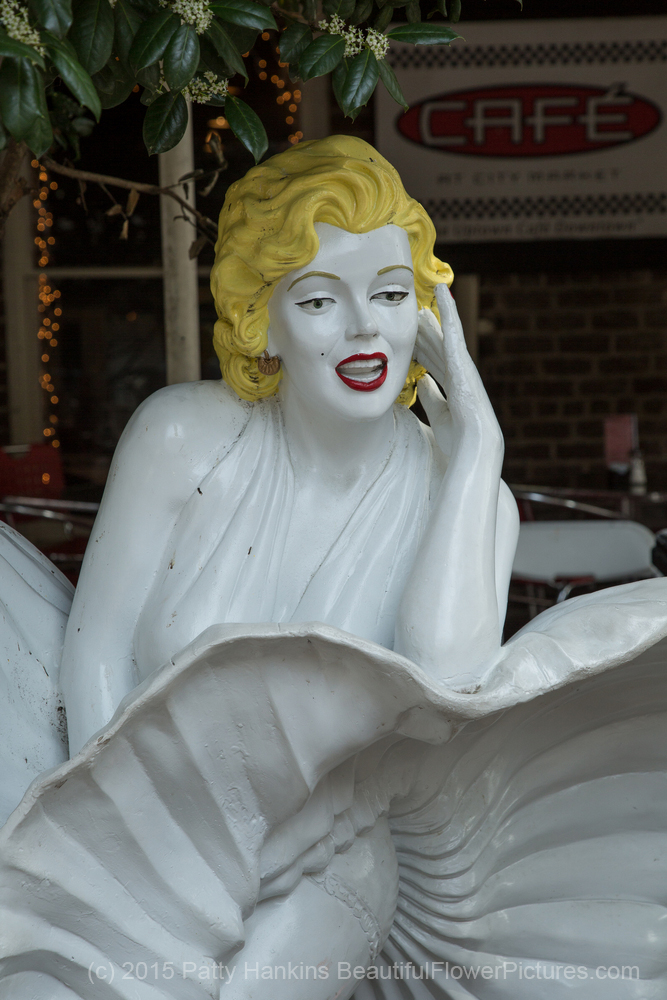
Marilyn Monroe sculpture at City Market, Savannah GA © 2015 Patty Hankins
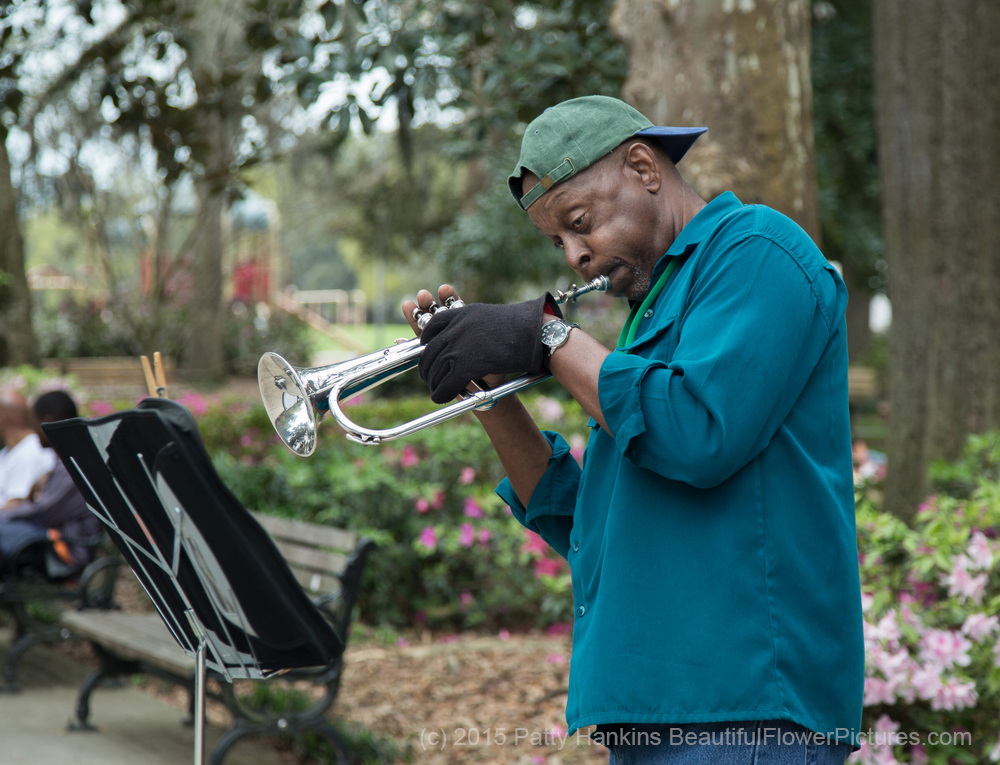
Trumpet player at Forsyth Park, Savannah, Georgia © 2015 Patty Hankins
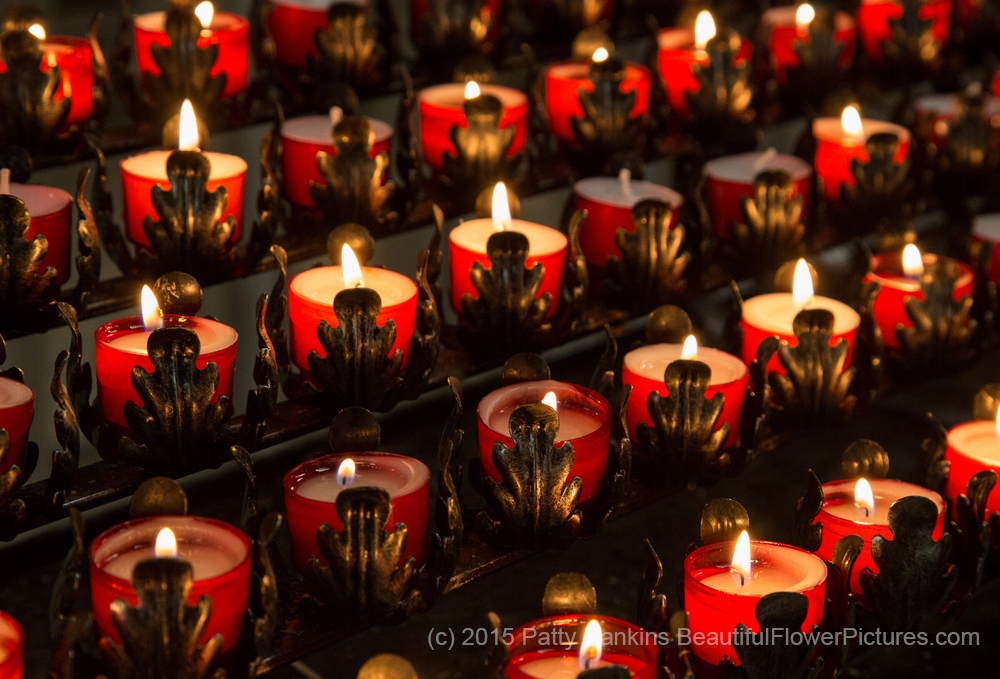
Candles at the Cathedral of St John the Baptist, Savannah, Georgia © 2015 Patty Hankins
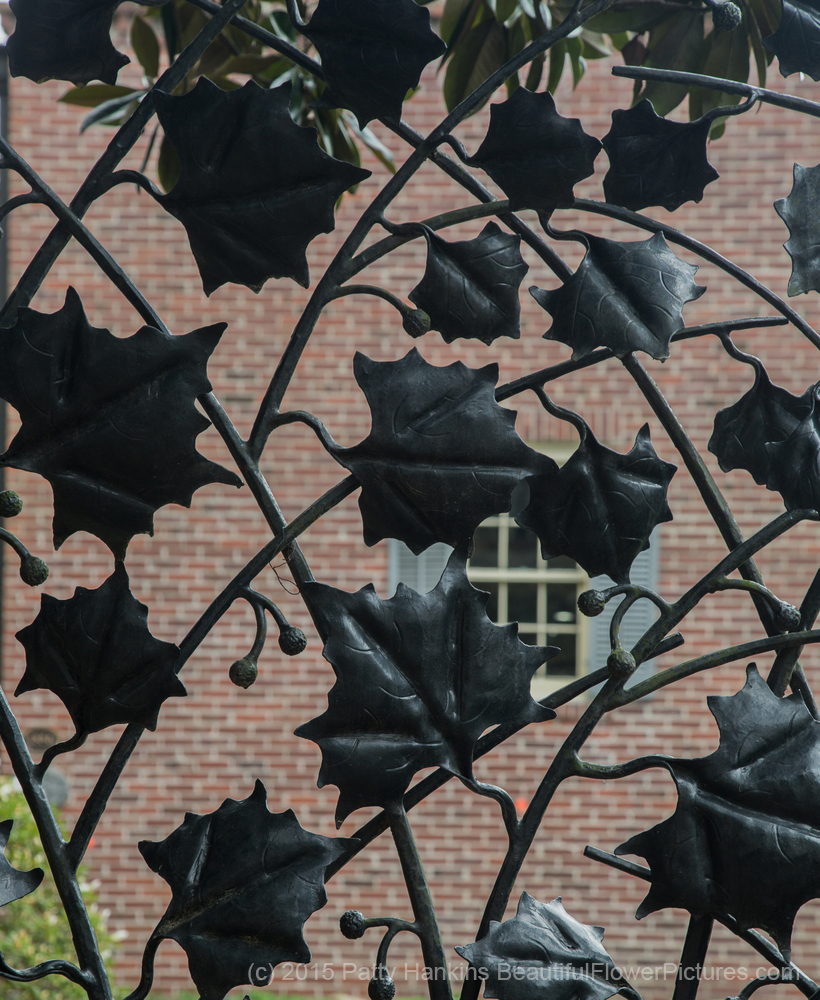
Ironwork Leaves on a Garden Gate , Savannah, Georgia © 2015 Patty Hankins
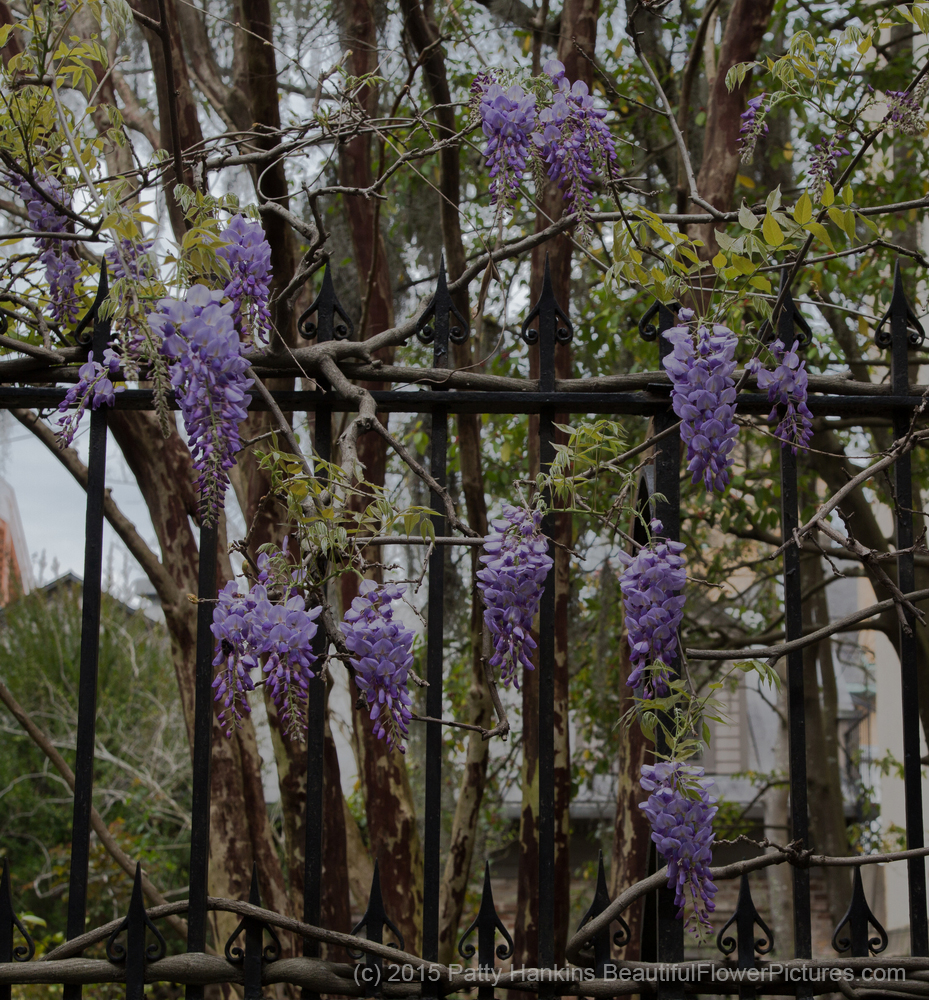
Wisteria Along a Fence, Savannah, Georgia © 2015 Patty Hankins
I did more PBWA in Bluffton, Beaufort and Charleston. Keep an eye out here on my blog for more photos from my photographing by walking around. I’m sure I’ll be posting more in the weeks to come.
And if you tend to have your go-to lenses and settings the way I do – I’d encourage you to get out of your comfort zone of your usual style of photographing and try something new. If you usually use a tripod – try hand holding your camera. If you usually have your camera set in Program mode – try Shutter or Aperture Priority. You might just discover, the way I did, that there are other ways of photographing that are as much fun and as satisfying as your usual way of doing things is.
I’d love to hear what happens when you got out of your comfort zone and tried something a little different. Tell me about it in the comments below.
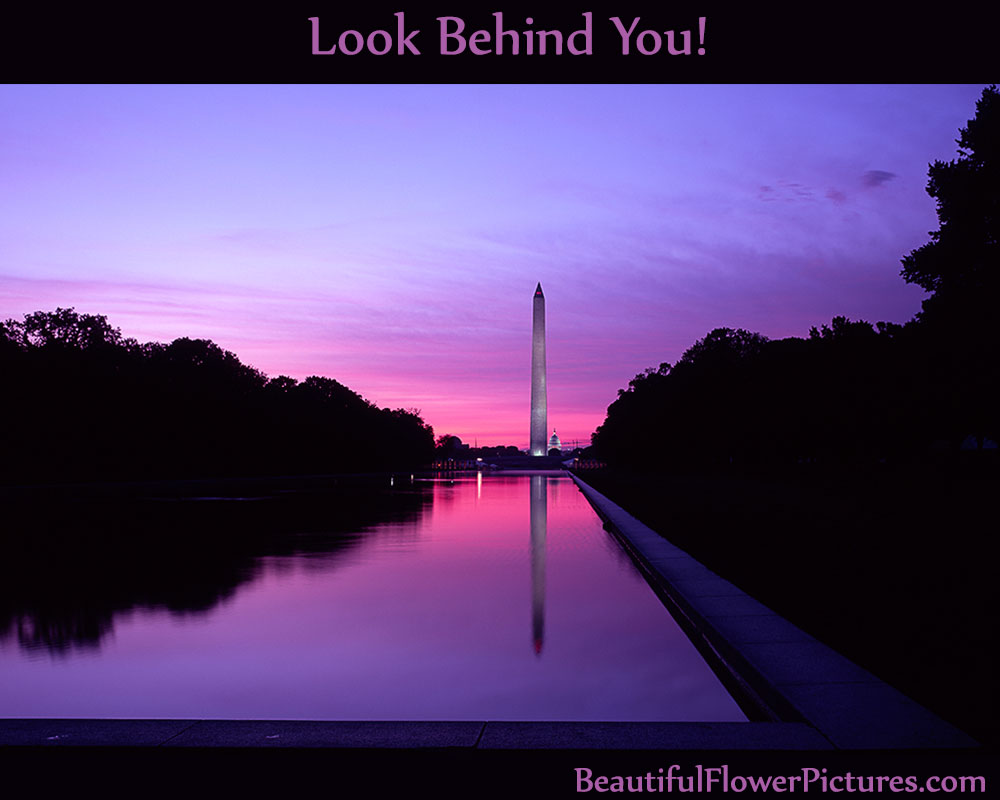
by hankinslawrenceimages | Mar 7, 2015 | Photo Tips
One aspect of working the scene that Bill and I encourage our students to think about is to always be aware of your environment. As a landscape or nature photographer, you are photographing in athree dimensional world with 360 degrees of space around you.
So often we’ve seen photographers so intent on capturing the scene in front of them that they totally miss other nearby photo opportunities – including ones directly behind them.
Over the years, Bill and I have taken pairs of wonderful photos where the second was taken 180 degrees in the opposite direction from the scene we had planned on photographing.
Several years ago, Bill was photographing inside the Lincoln Memorial in Washington, DC in hopes of photographing the full statue of Abraham Lincoln without any people in the photo. He happened to turn around to see one of the most amazing sunrises we’ve ever photographed.
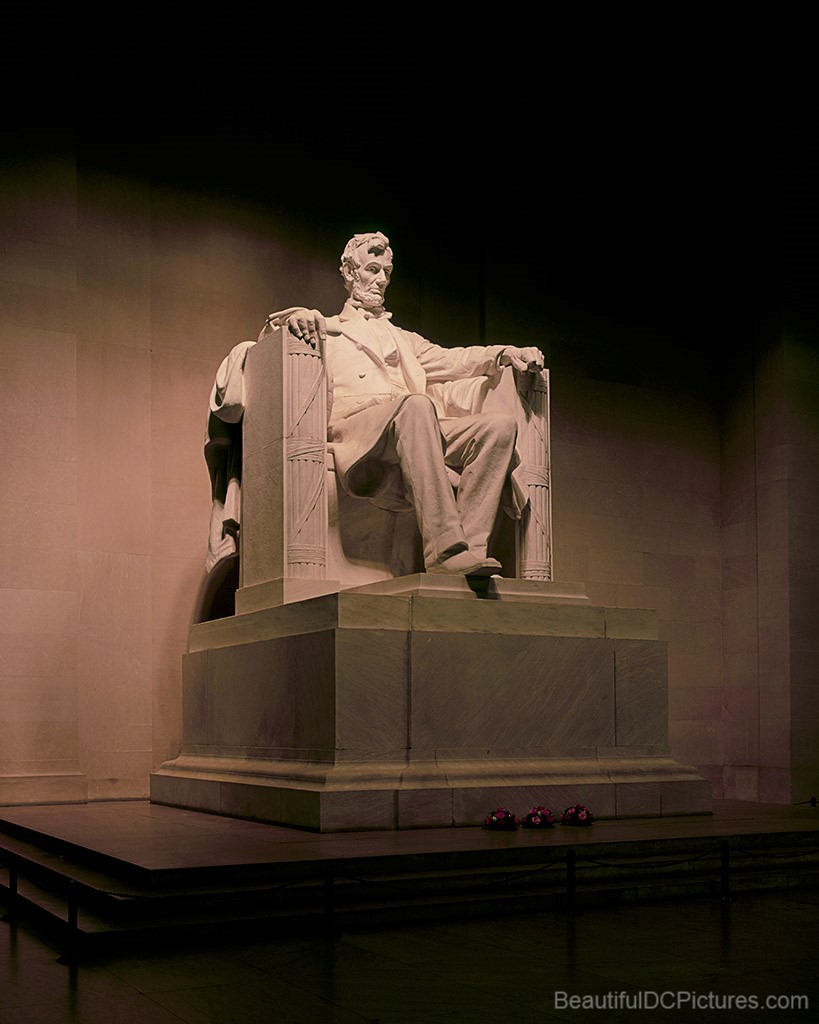
Lincoln Memorial © 2004 William Lawrence
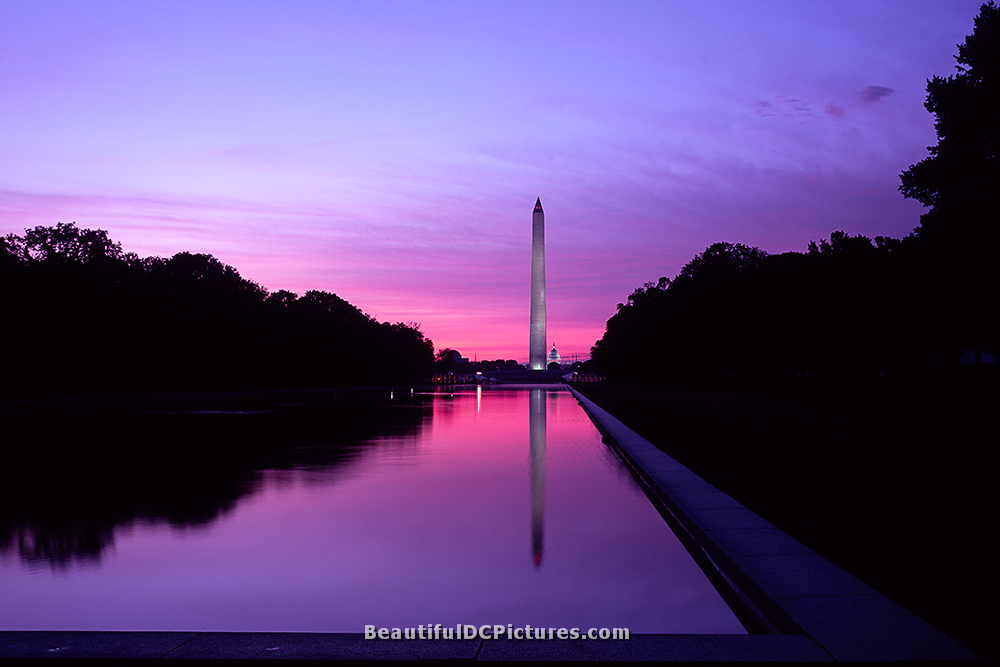
DC Sunrise © 2004 William Lawrence
When we’re on a photo trip, Bill and I frequently spend the middle of the day scouting locations for future photo sessions. The light isn’t as good mid-day as it is early or late in the day – and it gives us a chance to plan our upcoming shoots. We try to find places where we can not only photograph the sunrise before the sun comes up, but also where we can photograph the wonderful golden light that occurs 180 degrees away from the sun shortly after the sun comes up (or shortly before the sun goes down). Some of our favorite spots are places where we can literally turn around and photograph something wonderful after the sun comes up over the horizon.
One of these spots is in Chincoteague National Wildlife Refuge in Virginia. We frequently photograph one section of the marsh before the sun is up – and then turn around and photograph another section just after the sun rises.
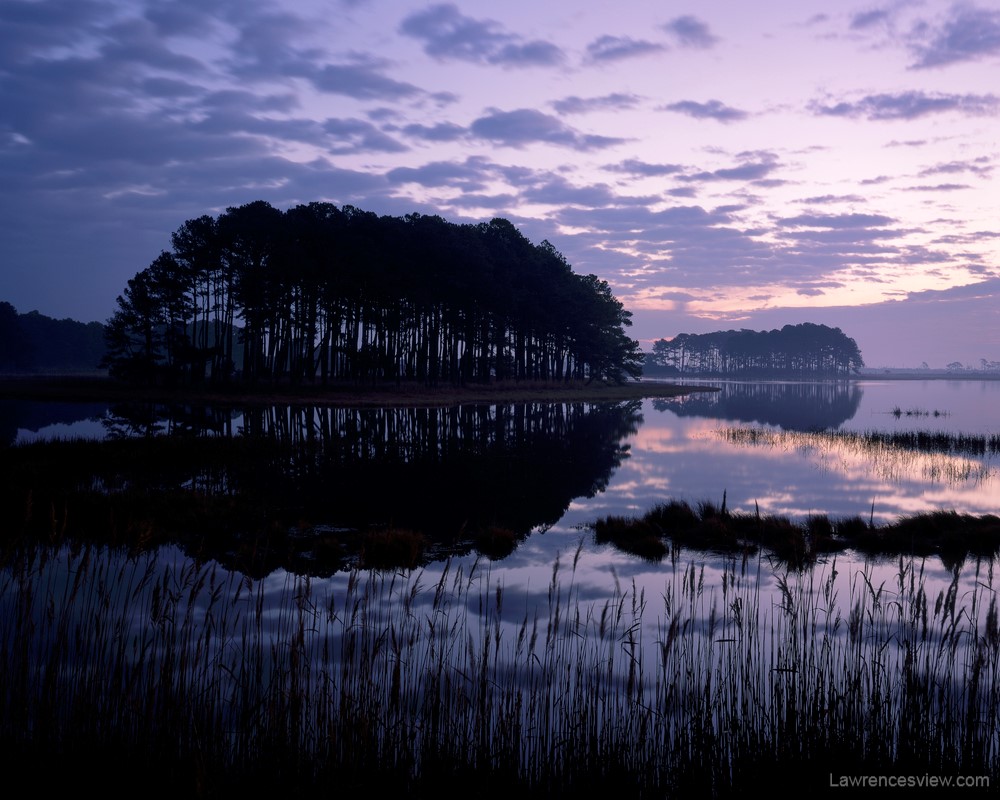
Chincoteague Sunrise © 2006 William Lawrence
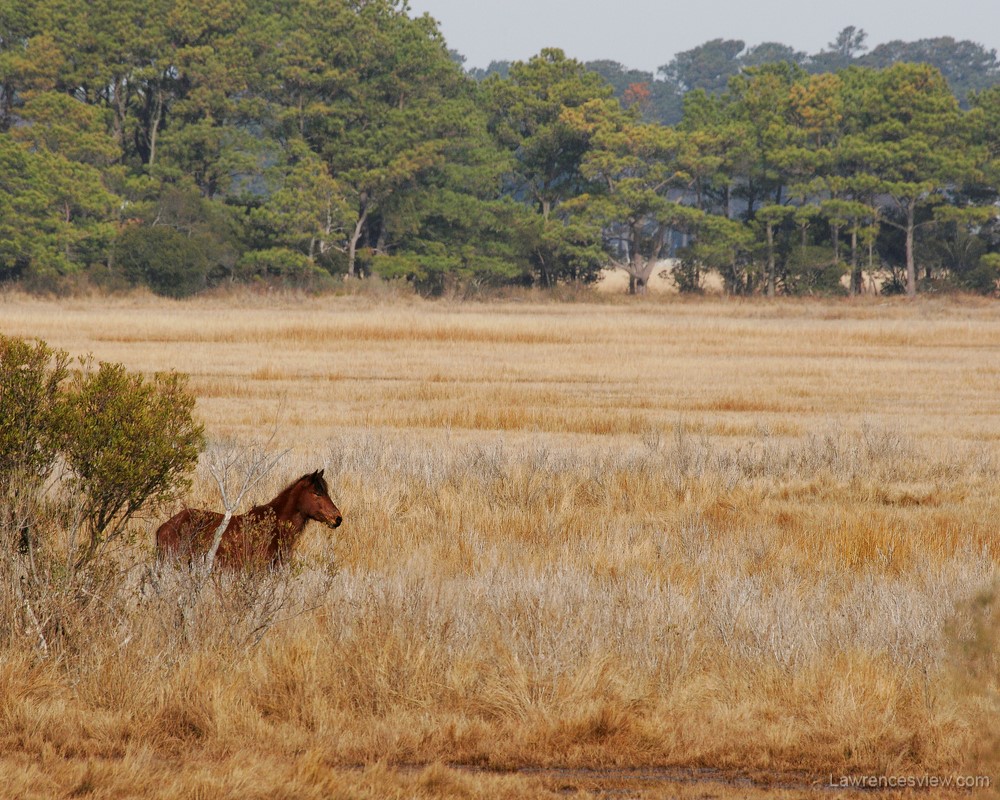
Chincoteague Pony © 2006 William Lawrence
At Bosque del Apache National Wildlife Refuge in New Mexico we photographed a spectacular sunrise over the frozen pond. In one direction the sky was filled with intense shades of yellow and orange. In the opposite direction it was filled with soft shades of blue and pink.
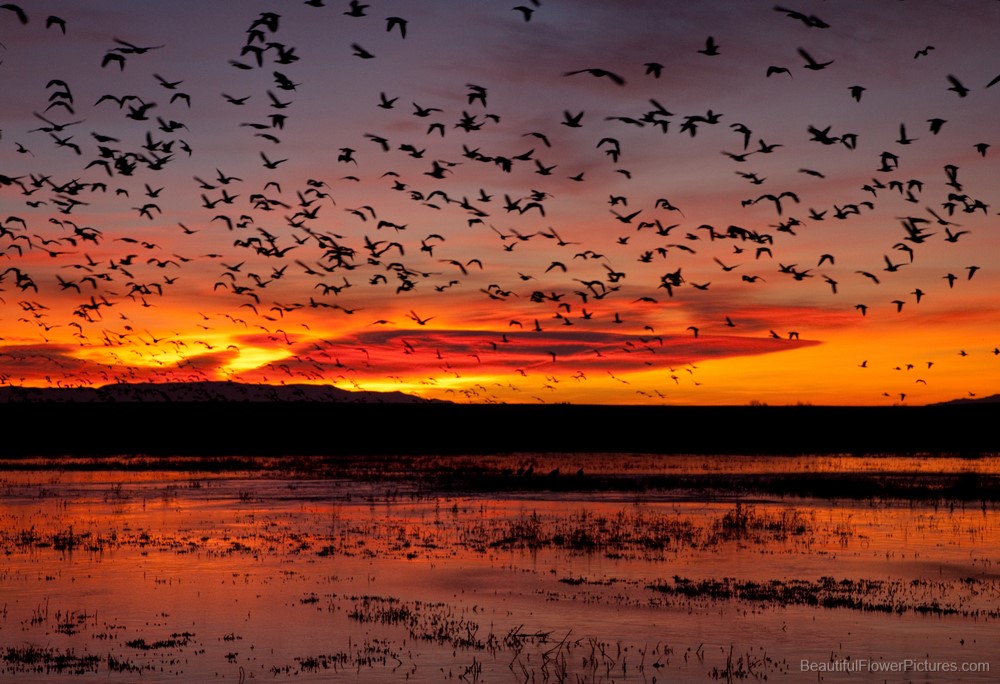
Sunrise at Bosque del Apache ©2009 Patty Hankins
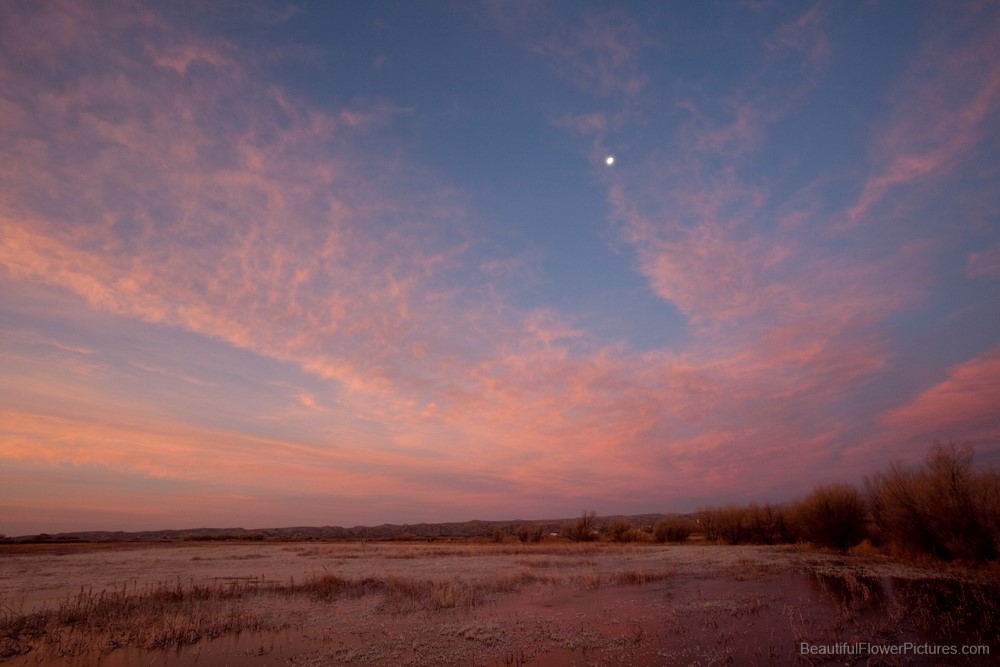
Sunrise at Bosque del Apache ©2009 Patty Hankins
The other reason to always be aware of your surroundings when photographing is you never know what might be coming up behind you. It could be a bear, a speeding car, or someone who’s not paying attention to what’s in front of them and is about to walk into you and your tripod.
Or it could just be a curious turkey vulture checking out your camera gear the way this one did while Bill was photographing a butterfly in the Big Cypress National Preserve in Florida.
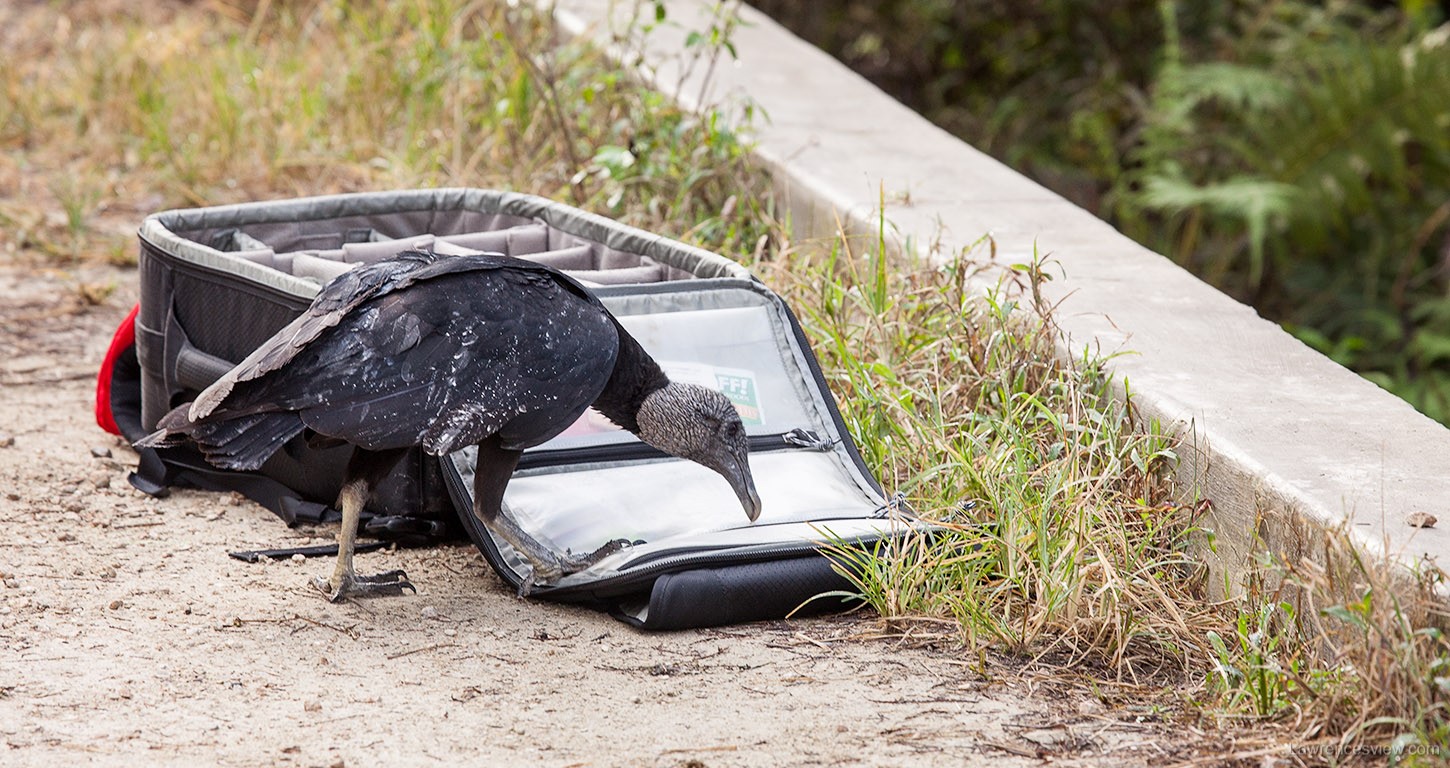
Turkey Vulture © 2013 William Lawrence
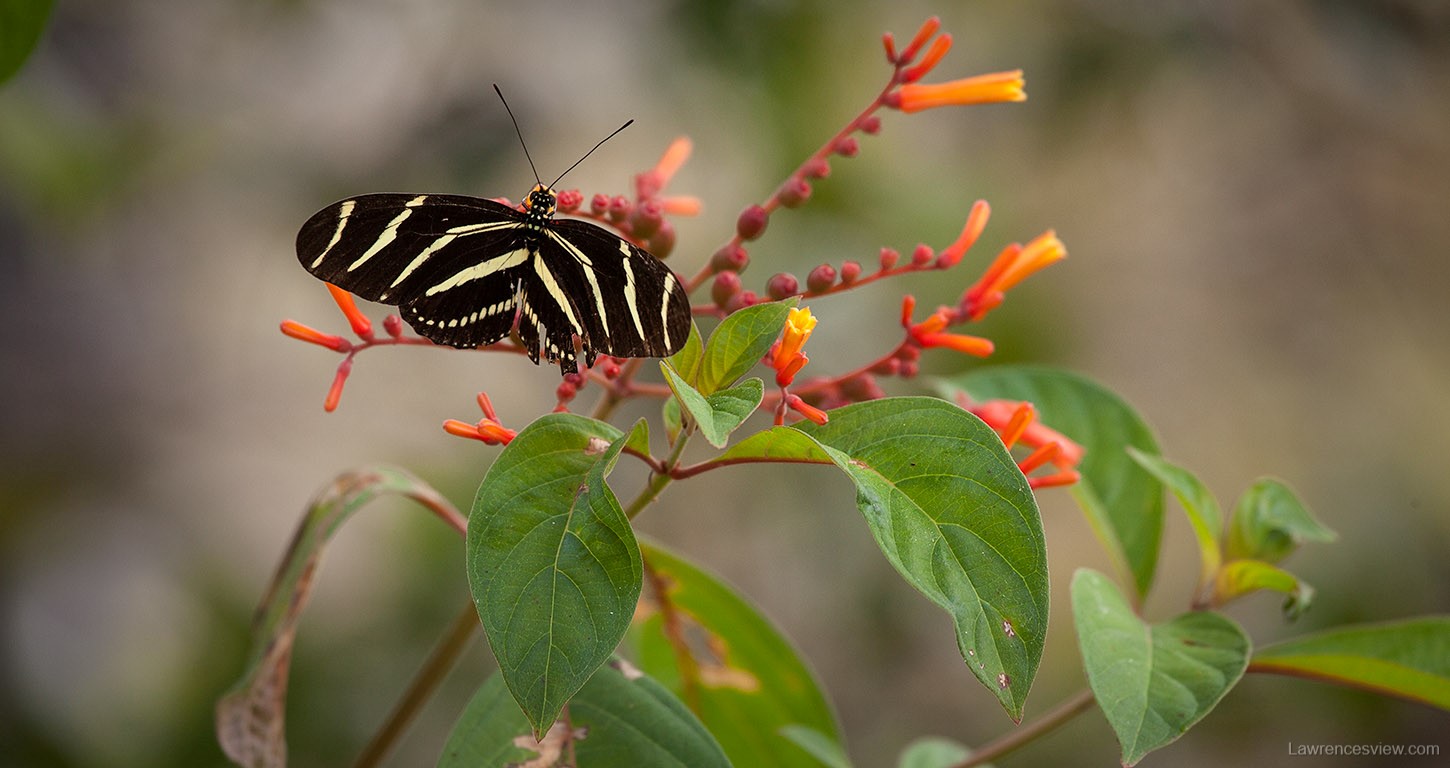
Butterfly © 2013 William Lawrence
Remembering to look behind you is just one of the landscape photography ideas we talk about in our workshops. If you’re interested in learning more, please join us for one of our workshops.
Are there any places you’ve found with great views in opposite directions? If there – let me know in the comments – I’m always looking for new places to photograph.
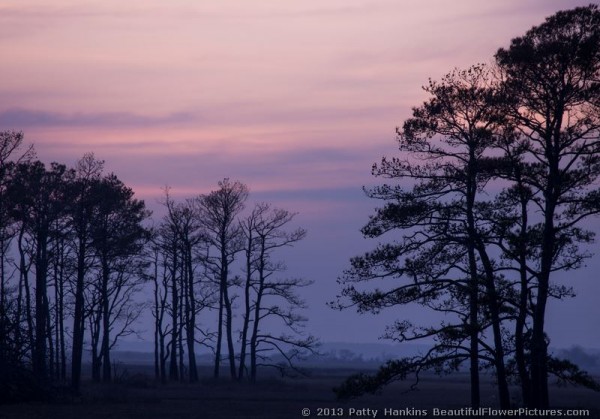
by hankinslawrenceimages | Nov 15, 2014 | Workshops
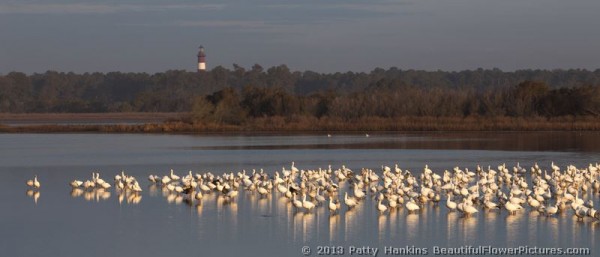
Snow Geese at Assateague Light © 2013 Patty Hankins
Bill and I are heading back to Chincoteague, Virginia for a photo workshop in February 2015 – and we’d love to have you join us.

Chincoteague Sunset © 2013 Patty Hankins
The workshop will be held on February 6-8, 2015 and includes 3 photo shoots at Chincoteague National Wildlife Refuge and Assateauge National Seashore in Virginia. We’ll also hold discussions of “What Caught Your Eye” and “Sharing a 3-Dimensional Scene in a 2-Dimensional Photograph” at a local hotel.
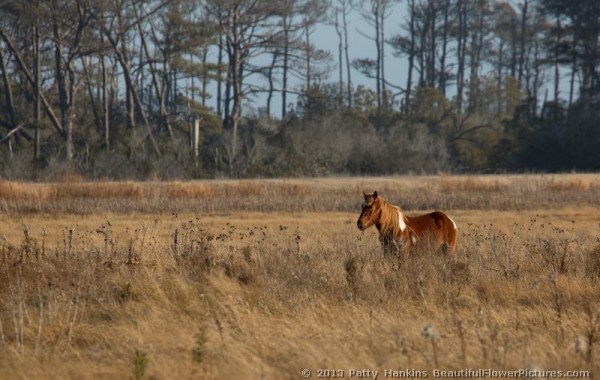
Pony at Chincoteague © 2013 Patty Hankins
The workshop is limited to 6 participants to make sure that everyone gets the help and assistance they need.
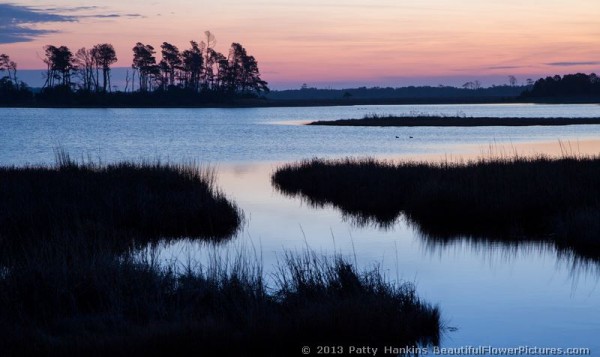
Sunrise at Chincoteague © 2013 Patty Hankins
All the details for the workshop and registration information is on my website.
Hope to see you in Chincoteague in February.
by hankinslawrenceimages | Apr 22, 2014 | News, Workshops
Are you frustrated that when you edit your photos they still don’t look the way you want them to?
Are you confused about what steps to take to edit your photos so they look their best?
Do you understand the potential of the Lightroom’s gradient tools and adjustment brush?
On June 7-8, Bill and I will be teaching a workshop designed to help you think about what your vision for one of your photos is – and how to edit so that you can share your vision with other. We’ll focus on specific Lightroom tools used for local adjustments, including the adjustment brush and gradient tools.
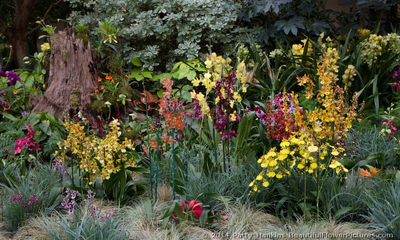
This workshop is designed for people who are ready to take their photo editing to the next level. You should be comfortable with using Lightroom’s Library Module and the global adjustment tools (Crop, Spot Removal Tool, Basic Panel, HSL Panel) in the Develop Module. You should have a sense of what you what to say with your photos – but may not know how to edit your photos to share your vision.
If you aren’t comfortable using the global commands for editing in Lightroom, you may want to take my Introduction to Lightroom workshop before taking this one. We’ll do a quick review of some of the topics from my Introduction to Lightroom workshop during this workshop but will not be discussing them in detail.
By the end of the workshop you’ll know:
- How to think through your editing process before you start moving sliders
- How to emphasize what you want to draw your viewer’s eye towards in your edited photos
- How to use the local adjustment tools (gradient filter, radial filter & adjustment brush) to move past just doing global edits on your photos

To participate in the workshop, you’ll need:
- A laptop computer with an external mouse or graphics tablet (recommended)
- Lightroom 5.3 installed on your computer (30 day trial version is fine)
- A willingness to learn
Registration Fee: $ 197
Full details about the workshop including tentative schedule and registration information is available on my website.
Questions: Email me and we can find a time to talk

























